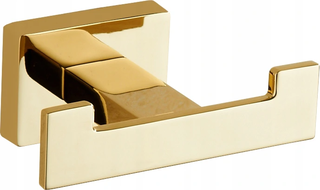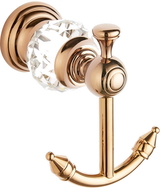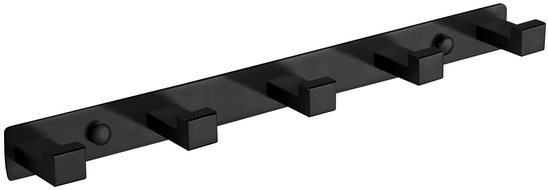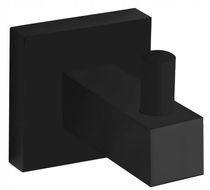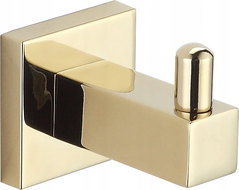
Hanging hooks on dowels is the basis for mounting all hanging elements on our wall, such as bathroom cabinets or various types of decorations. This skill will also come in handy when we want to renovate our bathroom and hang new hanging cabinets in it. It is an incredibly simple task. However, it is worth familiarizing yourself with all the guidelines to gain more knowledge on the matter and avoid any mistakes.
Read the text below carefully, and you will surely find the easiest solutions for yourself. You can do it yourself without using the services of interior finishing companies, saving money in the process. However, remember that the installation is unlikely to proceed without the appropriate equipment - after all, dowels and similar mounts need to be placed in the wall somehow, right?
Prepare a Set of Essential Tools for Installation
If you have decided to refresh your bathroom yourself and mount new cabinets, prepare the tools that will help you perform all the tasks. Start by preparing a drill, which will be necessary to create holes, the appropriate drill bit, hammer, spirit level, and pencil. Also, prepare your chosen bathroom hooks and dowels. Pliers, tweezers, or nails can also be helpful. It is best to have everything at hand so as not to unnecessarily interrupt work later.
No matter where on the wall we want to mount our cabinets or other elements, the first thing we need to do is choose the right place for the dowel hole. This stage must be done very carefully to avoid finding out later that the hole is in the wrong place and the dowels on our wall have a different spacing than the hangers on the cabinets. It's best to do this by marking the wall with a pencil for the first dowel hole. Then measure the distance of the hangers on the cabinet and transfer this value to the wall. That way, we will determine the place for the second dowel hole. Both holes for dowels should be drilled very carefully in a horizontal line. Whether the cabinet hangs straight or not depends on this.
If you have everything precisely measured, we can begin drilling. Much depends on the type of our wall, though. A plaster-covered wall will cause fewer problems than one with tiles. Just choose the right drill bit and drill each dowel hole one by one. It is worth making a small indentation on the wall surface in advance to make your work easier. We can do this by placing a nail against the wall and lightly tapping it with a hammer to make a subtle indentation.
Be particularly careful when drilling in ceramic tiles! It's a tricky art - to drill a hole without cracking the tile, so if you're not a specialist in home tasks, look for a professional, as it's better to spend a little extra on a well-executed installation than to lay new tiles in the bathroom.
Choosing the Right Drill Bit is Key to Success
When starting to drill, we should ensure that the drill bit is not too large in the initial phase. If we decide to drill holes for dowels, we might risk the plaster starting to crumble and peel off the wall. Conversely, the hole might prove too large for our dowels. That's why it's best to use the method of drilling first with a smaller drill bit in the designated area, and once we've pierced through the plaster, switch to the one of the proper size. When redrilling with a drill bit suited for the dowels, you can also remove any drilled-out parts of the wall. If you don't do this, you might encounter resistance when inserting the dowel. In that case, the obstacle, in the form of the drilled-out material, might prevent you from inserting it fully.
We can drill while holding the drill in our hands or using various products that help us maintain its stability. For instance, a stand can be useful. Thanks to it, work with the drill is fully controlled. Using a stand reduces the risk of damaging the drill bit, even breaking it during difficult tasks. That's precisely why such products are used both by amateur DIY enthusiasts and professionals. Whether we have a stand or not, it's obvious that throughout the drilling process, we must keep the drill perfectly perpendicular to the wall and avoid moving it in other directions than the designated one.
What to Do When the Holes Are Properly Drilled?
If everything has gone according to your plan, you should proceed to the main part of your task, which is to insert the dowels into the holes.
- Take the prepared dowels and insert them into the resulting holes. Don't worry if they go in with slight resistance, as that's how it should be. If it's too much of a problem, you can tap them to the right depth with a hammer.
- Once you've successfully installed the dowels, there's nothing left but to connect the remaining elements to them. Hooks for dowels can be easily screwed into the dowels using pliers, pliers, or a small adjustable wrench.
- If you find this task too difficult, you can search for popular sites on your mobile device or computer that offer such services and contact them. Together, you'll surely find the best solution for you.



















